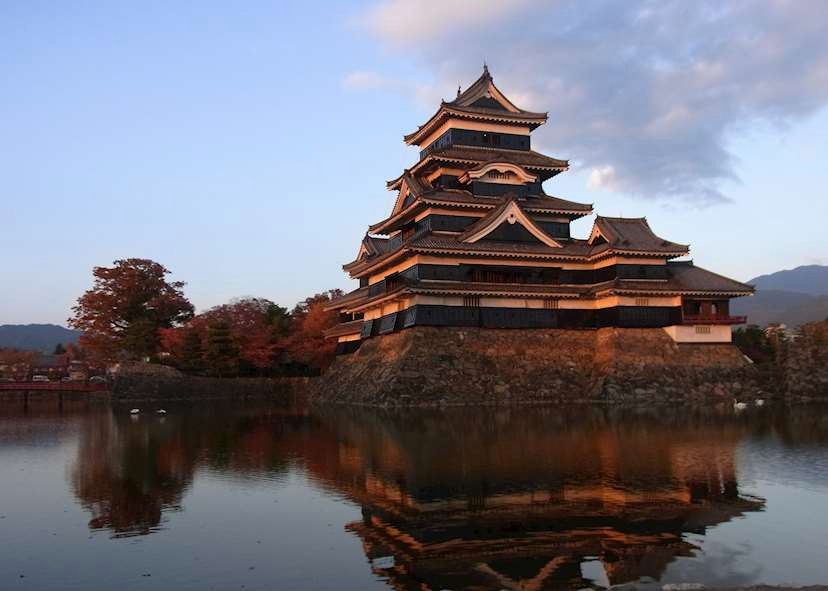According to polls conducted among Japanese people, autumn is often considered to be the ideal season to visit the country. As in other warmer regions, the northern hemisphere experiences its seasonal transition about the middle of September and continues until around the beginning of December. The average high in October is a mild 74 degrees Fahrenheit, which is comfortable for outdoor activities (25 degrees Celsius). The month of October has the possibility for nighttime lows of 7 degrees Celsius (45 degrees Fahrenheit) (24 degrees Celsius). Temperatures are low, but they are not unbearable; they are, rather, within a decent range.
All around the United States, deciduous forests put on a spectacular show of red, orange, and yellow leaves as the warm days of summer end and the cool days of autumn begin. In the United States, autumn, when the leaves change colours and the air becomes crisp, is one of the most beautiful periods of the year. While autumn in Japan is one of the most beautiful seasons of the year, it is one of the least attractive in the United States. The seasons are changing in Japan, so now is the time to make smart decisions. So autumn in japan would be perfect here.
The cooler it gets, the more comforting autumn aromas emerge, bringing with them a feeling of safety. Pine mushrooms are often substituted with regular mushrooms while cooking rice, grilled mackerel, or Pacific chestnuts. There will also be pumpkin soup and persimmons available during the meal. When autumn finally arrives in Japan, the narrative is wrapped off nicely.
After visiting Nikko, you’ll quickly see why it’s often regarded as one of Japan’s best autumn vacation spots.
While momiji-gari and koyo both mean “maple leaf,” they are seldom used in everyday language. One of the most frequent and well-liked fall activities is “leaf peeping,” which is defined as “the practise of practising the skill of viewing the leaves change colour as the season continues.” Mountain ranges with leaves that are flaming red, orange, and gold; golden ginkgo trees; mossy ground; red and yellow maple leaves fashioned like stars are just a few examples of the ways in which one may find beauty in nature.
While spring’s ephemeral cherry blossoms serve as a gentle reminder, autumn’s shedding foliage is less merciful. Although it is notoriously difficult to anticipate when the cherry blossoms will appear, Japan does have a lengthy break in the fall. This is one of the reasons, along with the others that have been mentioned. You have to be willing to try new things and take a certain amount of risk if you want to time your trip around the time when the leaves change colour.
Conclusion
The fact that Tokyo and Kyoto do not see their first autumnal leaf changes until the second week of September is not something that usually surprises visitors from other countries. Nothing about this circumstance should be shocking. Unlike in the United Kingdom and along the East Coast of the United States, the leaves are not changing colour everywhere in the United States. This is limited to a small number of locations worldwide. The first hint of autumn may not appear until late in the year in certain places of Japan. Northern regions of the nation are most affected by this.
You may also like
-
Hassle-Free Airport Shuttle: The Best Way to Travel to and from the Airport
-
Know How Trivandrum Travel Agency Could be Your Doorway to Memorable Adventures
-
Experience Convenience with a Ride-Share Service for Your Airport Travel
-
Exploring Spain: Tours from Barcelona and a 5-Day Madrid-Barcelona Itinerary
-
Singapore Serenade: Top 5 Romantic Honeymoon Activities

